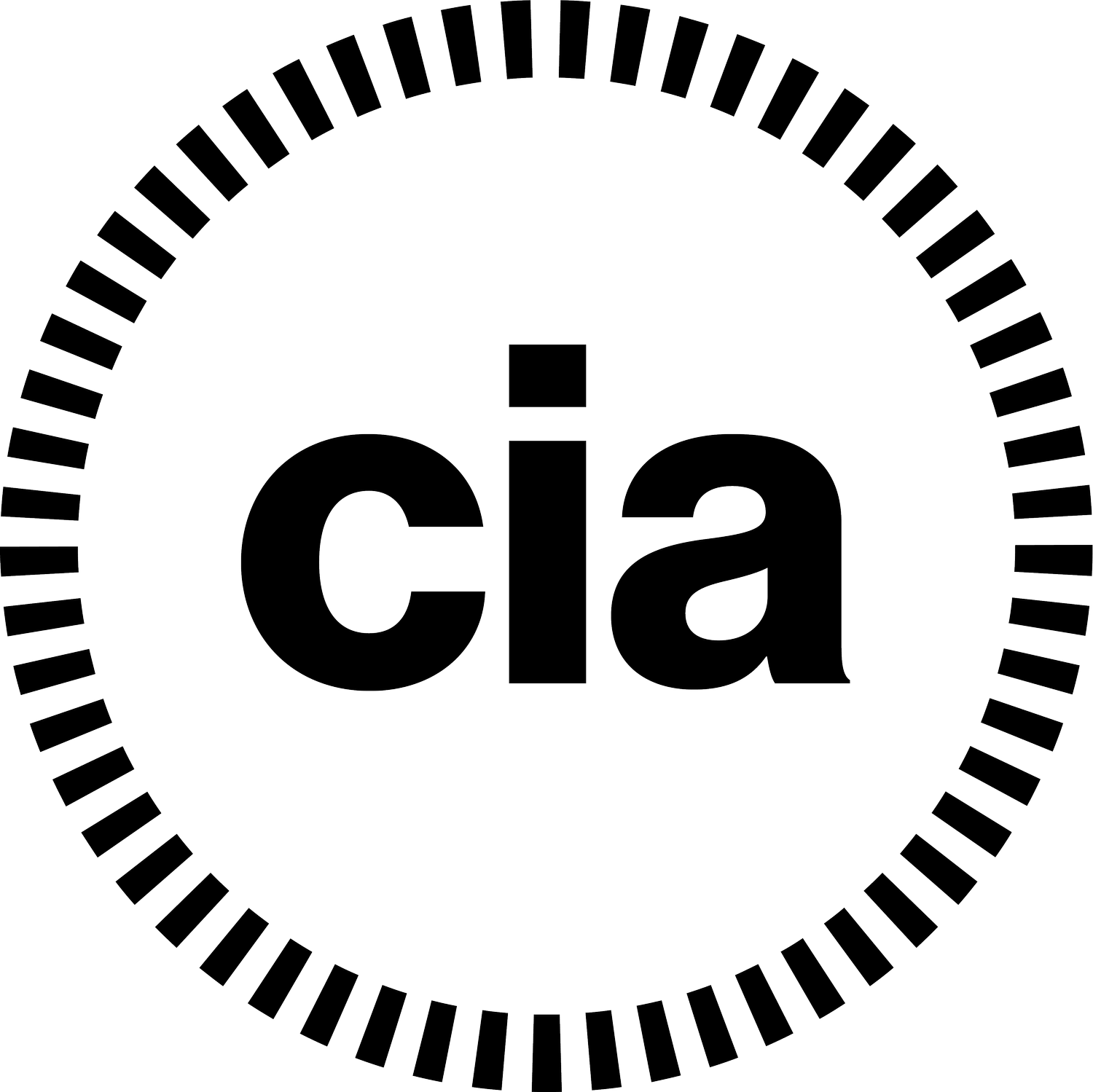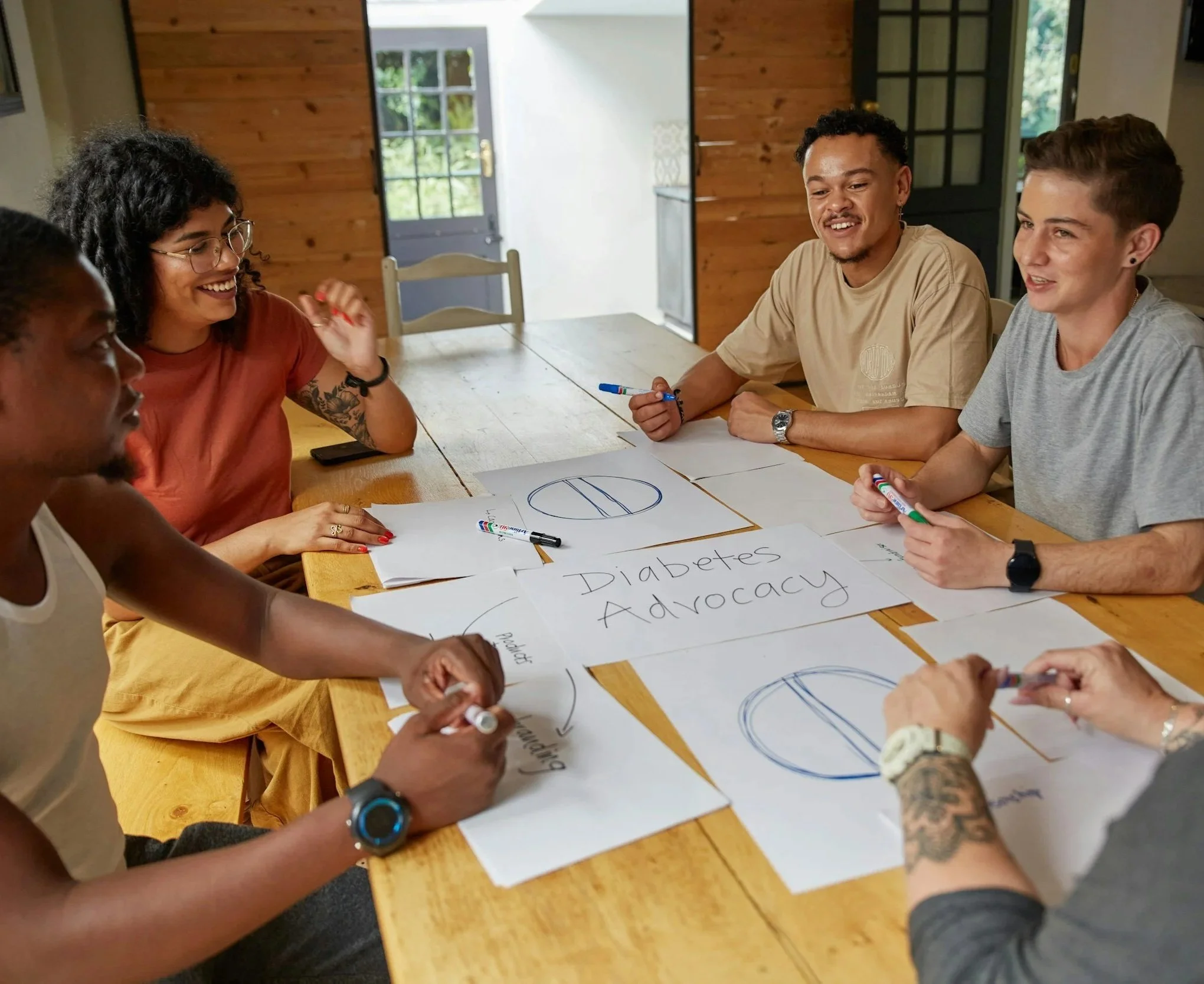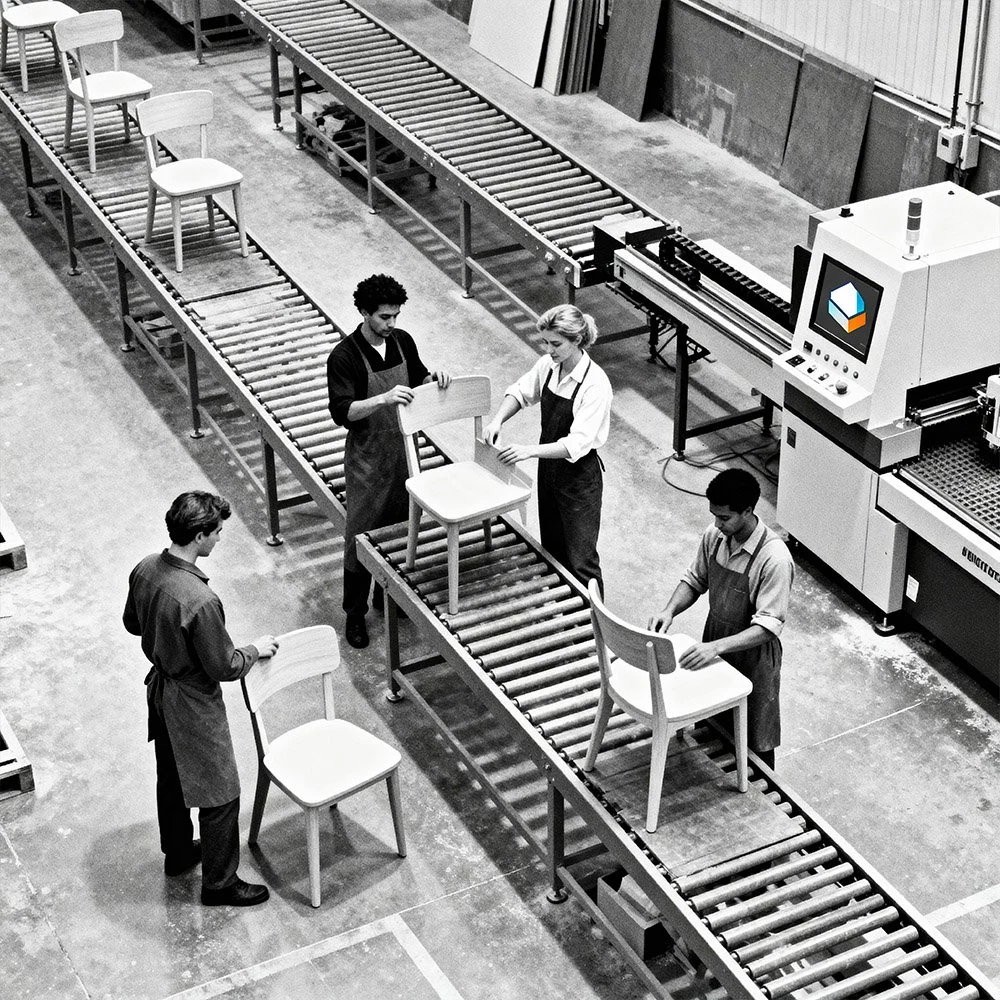
thinking design for people and the planet
CIA is a design and research partner to forward-thinking manufacturers of industrial craft, creating insight-driven solutions that win markets and define a more sustainable future.
the tree sustainably designed + made in oregon

what things endure?
the challenges posed by climate change require a paradigm shift towards more sustainable practices and behaviors. New circular systems (cradle-to-cradle) examine the enduring ecological and social impacts of design, materials, production, labor, and distribution. through big system changes and small personal efforts, we can begin to build a healthier and more equitable planet for the future.
the circular system
a collaborative, insight-driven approach
1 research
empathize + learn
workshops, interviews, and field work with stakeholders and users to understand people’s behaviors, motivations, and where experiences breakdown, identify unmet needs, shift thinking, break open ideas, explore competition and markets, and establish project parameters and constraints.
-
research report, empathy maps, personas, user journey, uncovered patterns, key opportunities, problem framing and initial problem statement, metrics for success, timing, and resources
2 ideation
play + explore
brainstorm and generate a wide range of creative solutions from initial insights, 2d/3d sketching, affinity mapping, mind mapping, open questions, prioritize idea evaluation filters — ex., desirable, feasible, viable, sustainability, and intellectual property.
-
idea clusters and concept sketches, priority list of solutions, idea evaluation matrix, early concept narratives
3 prototype
make + test
build tangible examples of selected ideas (fast and low fidelity), prototype storyboard or mock-up documentation, develop learning objectives for testing, role play and co-creation with users, testing with users & stakeholders, a/b testing, document the learnings.
-
simple physical protoypes, protoype documentation of iterations in images and experiences including user feedback summary, protoype test plan, learning objectives, and recommended refinements for next stage development
4 refine
iterate + synthesize
Analyze insights from feedback and refine both design and concept for clarity, synthesize and refine ideas, materials selection (cfm), engineering and manufacturing reviews (dfm), i.p. evaluation, key stakeholder reviews, support eco-measures and test requirements.
-
updated prototypes, drawings, and/or revised product requirements, design synthesis report (key insights and directions), revised evaluation filters
5 implement
execute + launch
Translate refined solutions into production-ready designs, plans for market introduction, Engineering collaboration, production alignment, first article reviews, support marketing and communication design, and contribute to launch plan and rollout.
-
final design specifications and manufacturing files, go-to-market and storytelling assets, Implementation roadmap
ingredient-driven design + manufacturing
about
cia (chi-ah) is an american designer based in portland, Oregon. her international career spans the creation of products, objects, furniture, lighting, spaces, and exhibits. she has held senior positions guiding design, engineering, and marketing teams for manufacturers recognized as leaders in product design and sustainability. her aesthetic austerity, born from her new england roots, is balanced with the poetics of her progressive italian training. in addition to her product work, cia has developed audience-winning exhibits for science, technology, and children’s museums in the u.s. and beijing, china. she is a frequent teacher and guest lecturer with degrees in industrial design from pratt institute in Brooklyn and milan’s domus academy. cia’s design work has been exhibited at the salone del mobile, euroluce, the milan triennale with isao hosoe, and group exhibitions in new york, Miami, and portland.
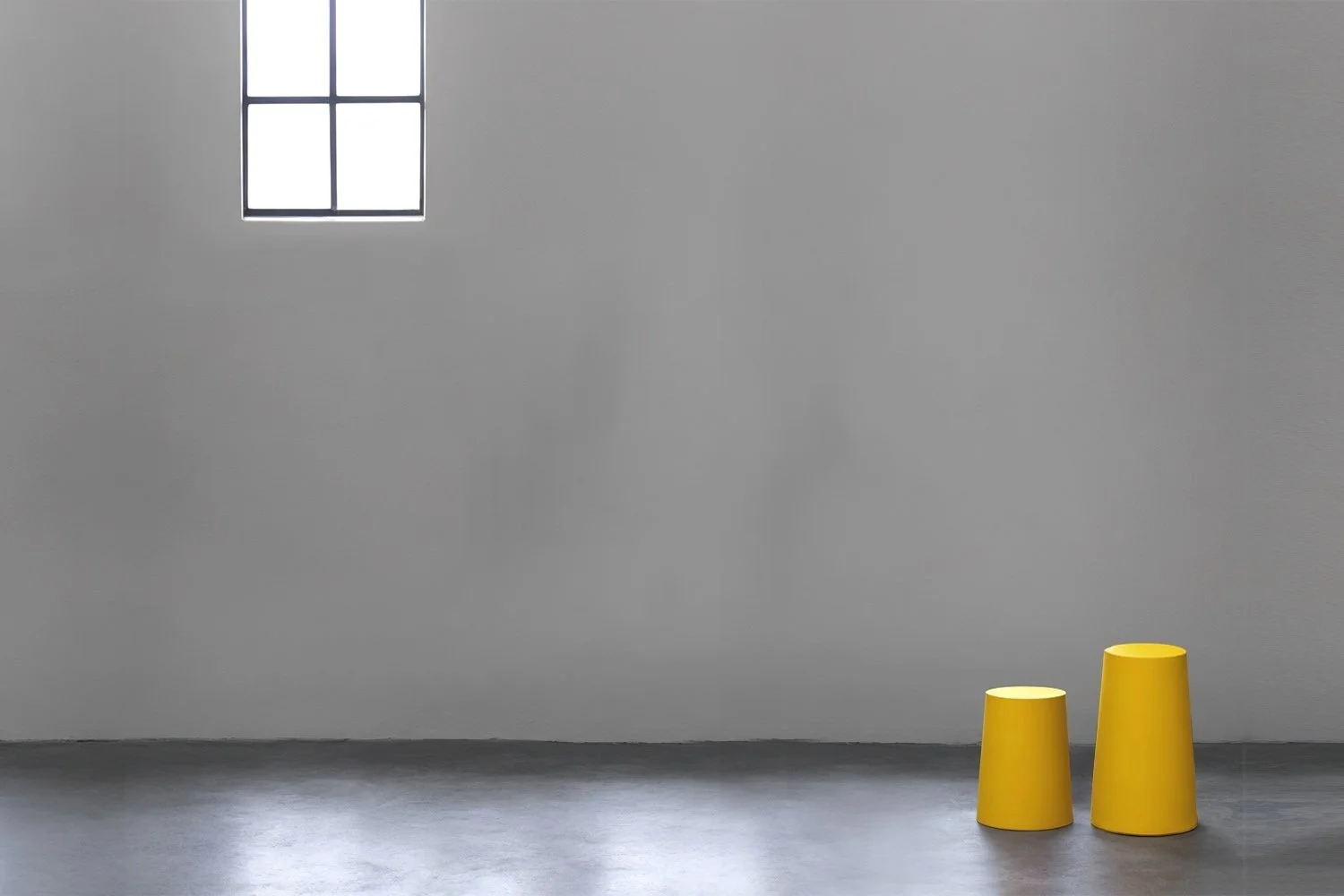
-
moderation is one solution. use less, consume less, and waste less.
-
treat people and the planet with care and respect. guide children with love.
-
artisanship brings beauty, function, and emotive connections to things worth keeping.
-
nothing great was achieved without a curious mind.
-
consider the context and long-term consequences of our actions so future generations inherit a vibrant planet.
values
stories
thinking design for people + planet
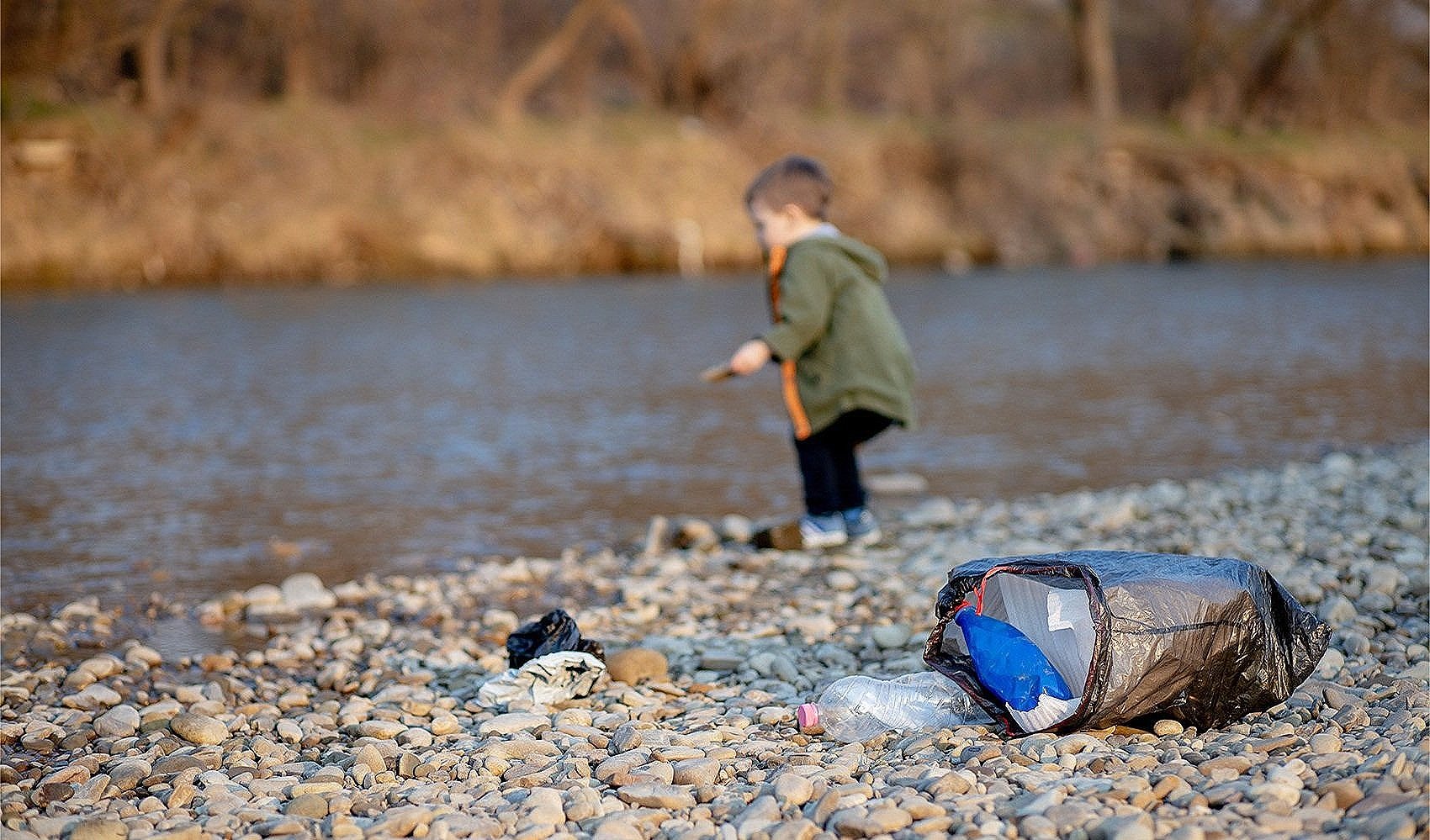
what story will we
tell the children?
our products are outliving us in the oceans, air, and soil. why add more things to an already polluted world? as circular systems and bio-based solutions emerge, still in their infancy, is there an opportunity to reduce consumption altogether?
a frequently cited fact is that by 2050, there will be more plastic in the world’s oceans than fish. still, the expected increase in the global production of future plastics is enormous.
how might we change our ways? we can begin by ending single-use plastics that cannot be recycled. d.
